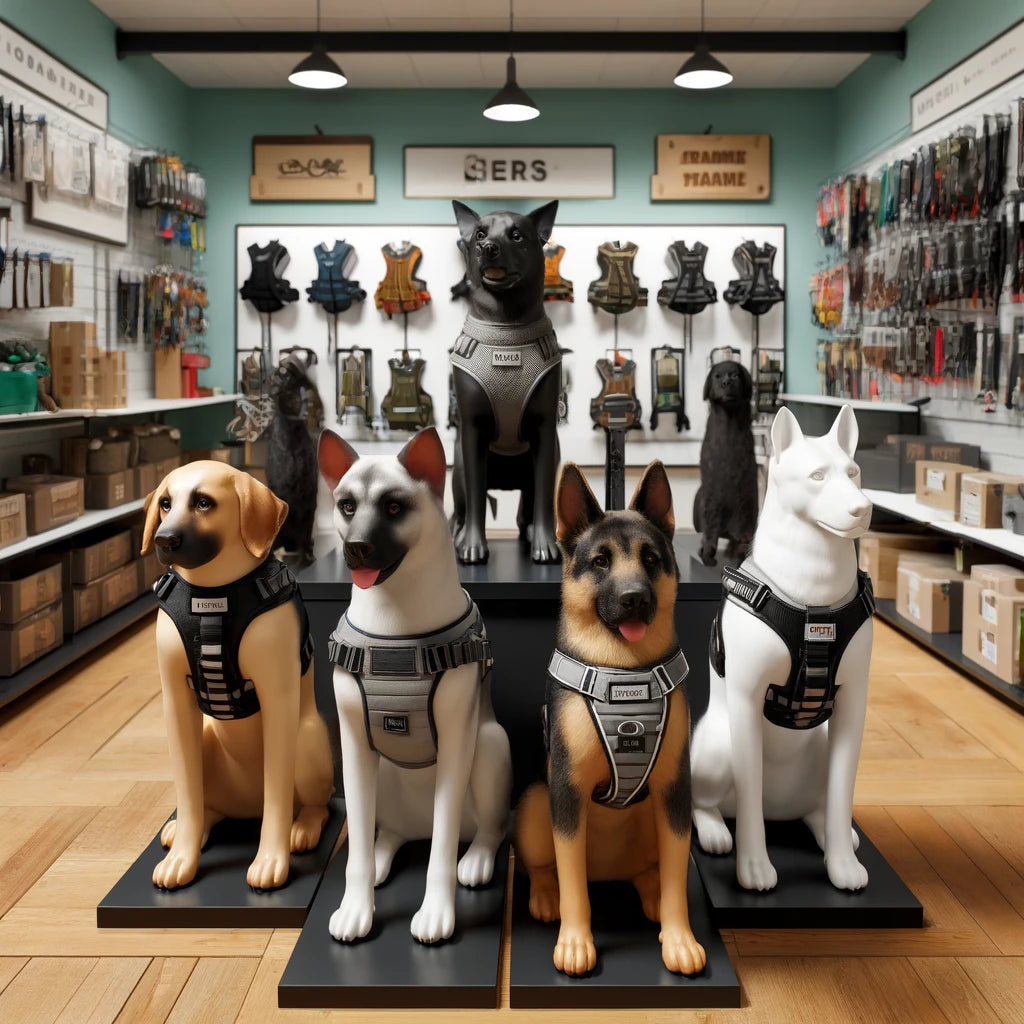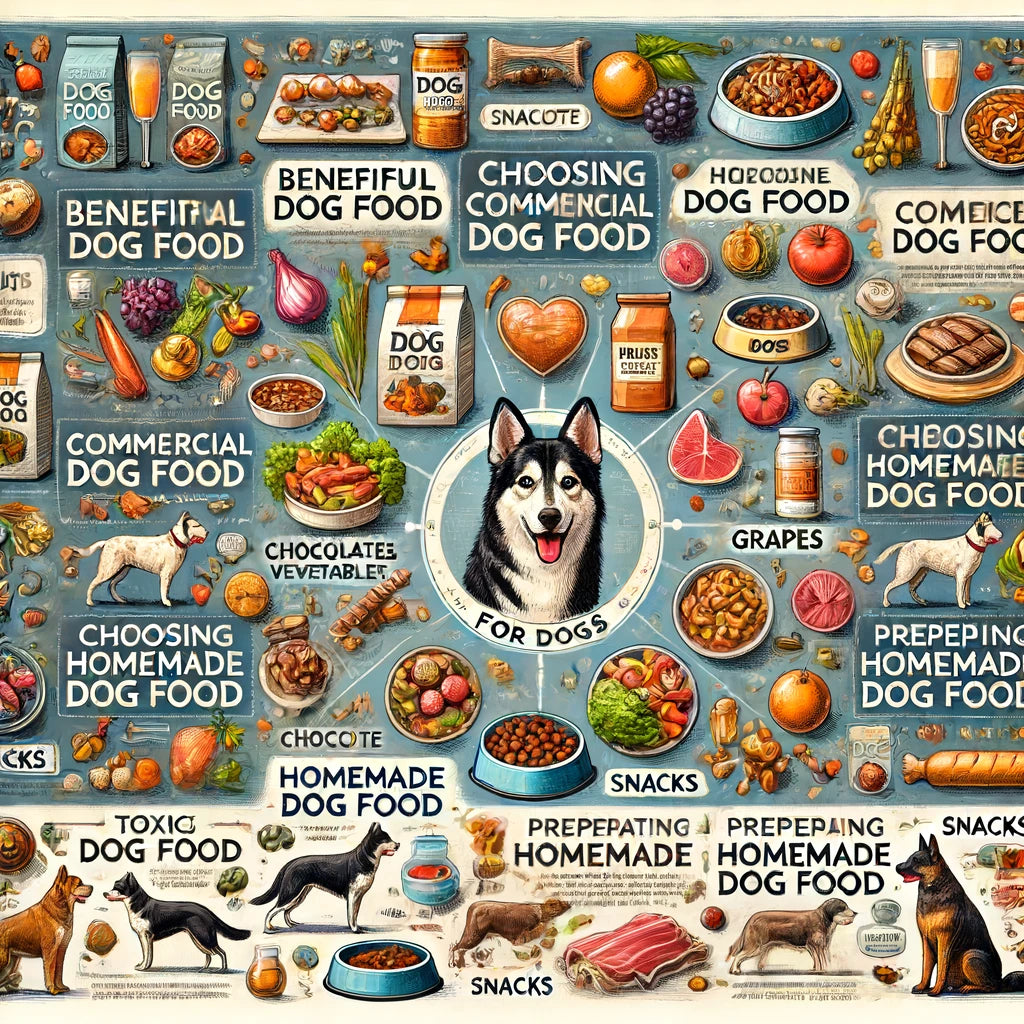Training your dog not only strengthens your bond but also ensures they exhibit excellent behavior in various environments. This article will cover how to perform basic training, address behavioral issues, socialize your dog, and master advanced training techniques.

Table of Contents
- Basic Training
- Addressing Behavioral Issues
- Socializing Your Dog
- Advanced Training Techniques
- FAQs
- Conclusion
Basic Training
Teaching Your Dog to Sit
Teaching your dog to sit is one of the most fundamental commands. Start by holding a treat close to your dog's nose. Move your hand up, allowing their head to follow the treat and causing their bottom to lower. Once they're in a sitting position, say "Sit," give them the treat, and share affection. Repeat this several times a day until your dog masters the command.
Training Your Dog to Shake Hands
Training your dog to shake hands is a fun trick. Start by having your dog sit. Then, gently lift their paw while saying "Shake" and offer a treat. Repeat this process until they lift their paw in response to the command. Consistent practice will ensure they understand and respond appropriately.
Teaching Your Dog to Follow Commands
Consistency is key when teaching your dog to follow commands. Use clear, firm commands and reward them with treats and praise when they obey. Regular repetition of commands like "Stay," "Come," and "Down" helps reinforce the behavior and ensures your dog follows them reliably.
Addressing Behavioral Issues
Dealing with Separation Anxiety
Separation anxiety can be a challenging issue. Start by leaving your dog alone for short periods and gradually increase the duration. Ensure they have toys and activities to keep them occupied. Creating a safe and comfortable space can also help alleviate anxiety. In severe cases, consult a veterinarian or professional dog trainer for additional strategies and support.
Managing Excessive Barking
To manage excessive barking, identify the triggers and address them. Teach your dog the "Quiet" command and reward them when they stop barking on command. Consistency and patience are crucial. Additionally, providing enough physical and mental stimulation can reduce the tendency to bark excessively.
Preventing Destructive Chewing
Prevent destructive chewing by providing plenty of chew toys and ensuring your dog gets enough physical and mental stimulation. Redirect their chewing behavior to appropriate items and reinforce positive behavior with treats and praise. Consistent supervision and creating a dog-proof environment can also prevent unwanted chewing.
Socializing Your Dog
Introducing Your Dog to New Environments
Socializing your dog involves exposing them to new environments, people, and other animals. Start with controlled settings and gradually increase the complexity. Positive reinforcement can help your dog feel comfortable and confident in new situations. Regularly taking your dog to parks, pet-friendly stores, and organized social events can aid in their socialization.
Meeting Other Dogs
When introducing your dog to other dogs, start with neutral territory and keep the initial interactions brief and positive. Monitor their body language and separate them if necessary to ensure a positive experience. Gradually increasing the time they spend together can help them become comfortable around other dogs.
Advanced Training Techniques
Agility Training
Agility training is a fun and engaging way to challenge your dog physically and mentally. Set up a course with obstacles like jumps, tunnels, and weave poles. Use treats and praise to guide them through the course. Start with simple obstacles and gradually increase the difficulty as your dog becomes more confident and skilled.
Advanced Commands and Tricks
Advanced commands like "Roll Over," "Play Dead," and "Fetch" can provide mental stimulation and strengthen your bond with your dog. Break down each trick into small steps and use positive reinforcement to encourage your dog. Regular practice and patience are key to mastering these advanced commands.
Clicker Training
Clicker training is an effective method for teaching your dog new commands and tricks. The clicker sound marks the exact moment your dog performs the desired behavior, followed by a treat. This method helps your dog understand what behavior is being rewarded, making the training process more efficient and clear.
FAQs
How long does it take to train a dog to sit? The time it takes to train a dog to sit can vary depending on the dog's age, breed, and temperament. Generally, with consistent training, most dogs can learn to sit within a week or two.
What should I do if my dog has severe separation anxiety? If your dog has severe separation anxiety, it's important to consult with a veterinarian or a professional dog trainer. They can provide guidance and develop a customized training plan for your dog.
How can I stop my dog from barking at strangers? To stop your dog from barking at strangers, teach them the "Quiet" command and use positive reinforcement when they stop barking on command. Gradual exposure to strangers and desensitization techniques can also help.
What are the best chew toys for dogs? The best chew toys for dogs are durable and safe. Look for toys made from high-quality materials that can withstand your dog's chewing. Avoid toys with small parts that could be swallowed.
Is agility training suitable for all dogs? Agility training can be suitable for most dogs, but it's important to consider your dog's age, breed, and physical condition. Consult with your veterinarian to ensure agility training is safe for your dog.
How do I socialize a shy or fearful dog? Socializing a shy or fearful dog requires patience and gradual exposure to new environments and experiences. Use positive reinforcement and create positive associations with new situations to build their confidence.
Conclusion
Effective dog training involves a combination of basic commands, addressing behavioral issues, socialization, and advanced techniques. With patience, consistency, and positive reinforcement, you can help your dog become a well-behaved and happy member of your family.
For more information and resources on dog training, visit Dog-Dog-Up or search for specific topics on Dog-Dog-Up Search.




Leave a comment
This site is protected by hCaptcha and the hCaptcha Privacy Policy and Terms of Service apply.